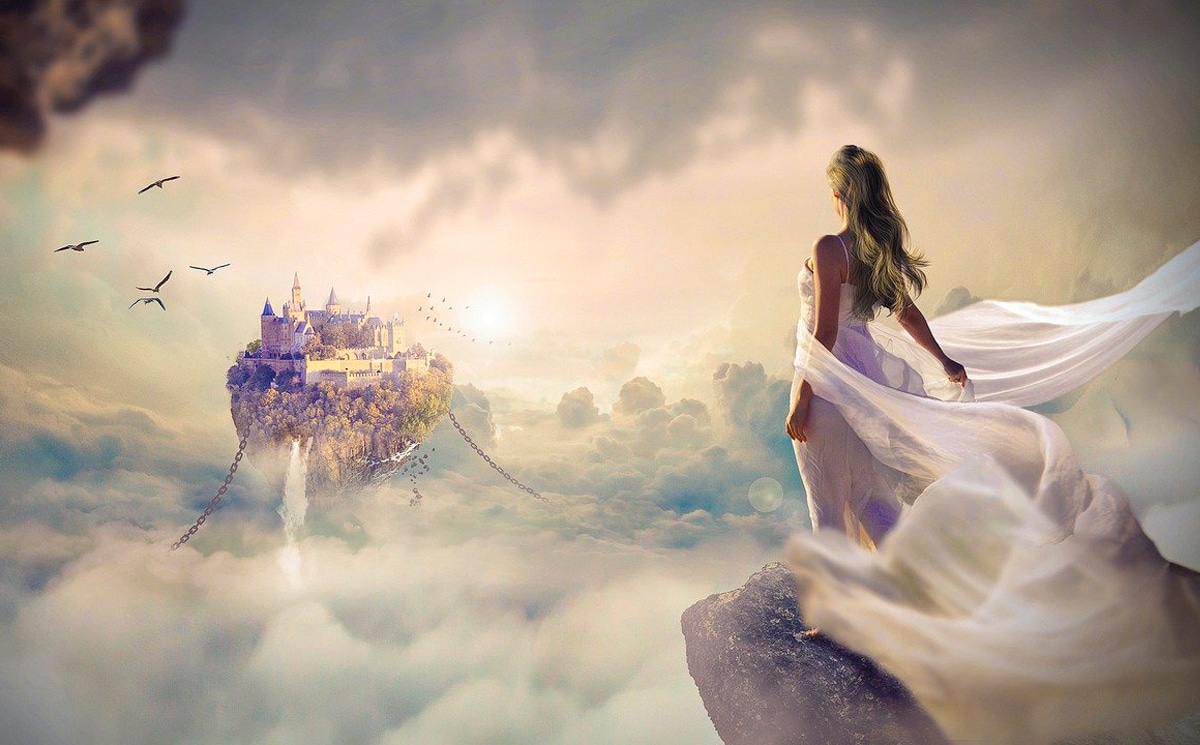
Surely you have heard of some other goddess of beauty, such as Aphrodite or Venus. Although it is true that these deities are the most beautiful of their culture, there are others that take their place in different polytheistic religions. Do you want to know what they are?
Here we will talk about the various goddesses of beauty that exist in different cultures. We will comment on some curiosities about each of them so that you can meet the most beautiful deities of all.
How many goddesses of beauty are there?

Since ancient times, human beings have worshiped different superior entities that could represent what they feared or what they deeply appreciated. In polytheistic cultures, each of their gods had power over something and/or represented some element of daily life or some force of nature. Therefore it is not surprising that there are specific gods and goddesses who represent beauty, on many occasions linked with love.
Societies have been giving the physique a lot of importance since time immemorial. During each era and in each region new fashions arose, both in clothing and hairstyles and later also in makeup. The aesthetic aspects of people have always accompanied us, so it is very logical that supernatural idols were created that represented beauty, feminine sensuality, the ability to love and to be a mother, among many other idolized and outstanding characteristics in women.
Next we will talk a little about the different goddesses of love and beauty that we can find in the various mythologies. Each one has its own story and they are all equally fascinating.
Greek Goddess of Beauty: Aphrodite
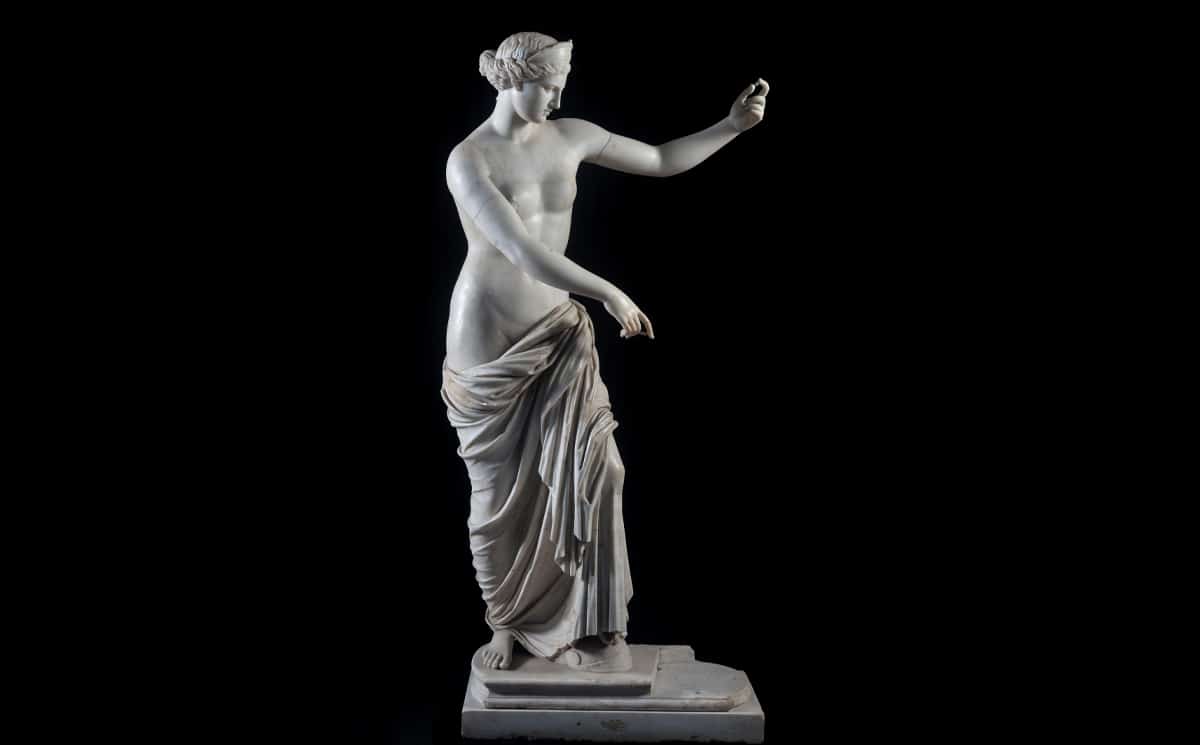
We will start talking about the most representative goddess of beauty: Afrodita. This Greek deity does not only represent beauty, but also love. She is considered to embody fertility, physical beauty, pleasure and love. Although there are different myths about her birth, the one that seems to be the most recurrent is the one that says that this beautiful goddess was born in a lake of sea foam. It was formed in it in the same way that a pearl does in an oyster shell. It is therefore not surprising that Aphrodite is also an important water goddess in Greek culture. A little fun fact: The term "aphrodisiac" is a direct derivative of the name of this deity.
While it is true that Aphrodite is the most remarkable Greek goddess of beauty, there is another that also embodies this characteristic. Is about Hedone, the daughter of the mortal Psyche and the god Eros, son of Aphrodite herself. She is also considered the goddess of enjoyment, pleasure and joy. In fact, the word "hedonism" derives from her name, as it refers to sexuality, lust and the feminine beauty that she represented. According to the legends, she Hedone lived in the temple of Himeros, but she did not usually spend much time there. She normally visited various cities of men with her torch of love and harvested myrtle to bring depth, joy and ecstasy to mortals.
Roman goddess of beauty: Venus
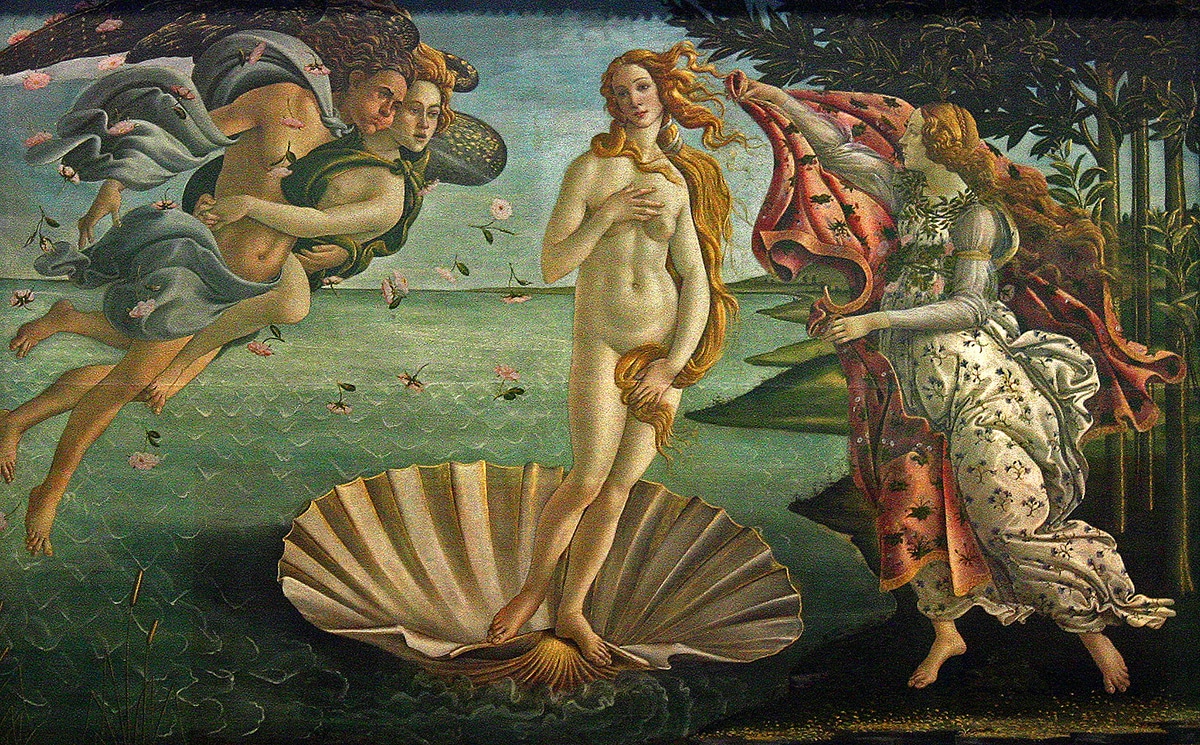
As many of you already know, the Roman and Greek gods have many similarities. In fact, on many occasions only the name varies. The equivalent in this culture to the famous Aphrodite is the goddess venus, representing prosperity, fertility, beauty, sex and lust. Despite having had the occasional illicit love, this deity also embodied chastity.
According to Roman mythology, Venus had two main lovers. One was her husband Vulcan, and the other Mars, the god of war. However, there was one occasion when the Roman goddess of beauty and her lover were caught in bed with a net by her husband. For this reason, their marriage was loveless and they never had children together. However, Venus did become a mother. He had several children with Mars:
- Timor: He personified fear.
- Mets: He personified terror.
- The Cupids: They were winged gods that symbolized love.
- Concord: the goddess of harmony
In Roman mythology there is also a goddess equivalent to the Greek deity Hedone. It's called Volupta, and that's where the term "voluptuous" comes from.
Viking goddess of beauty: Freya
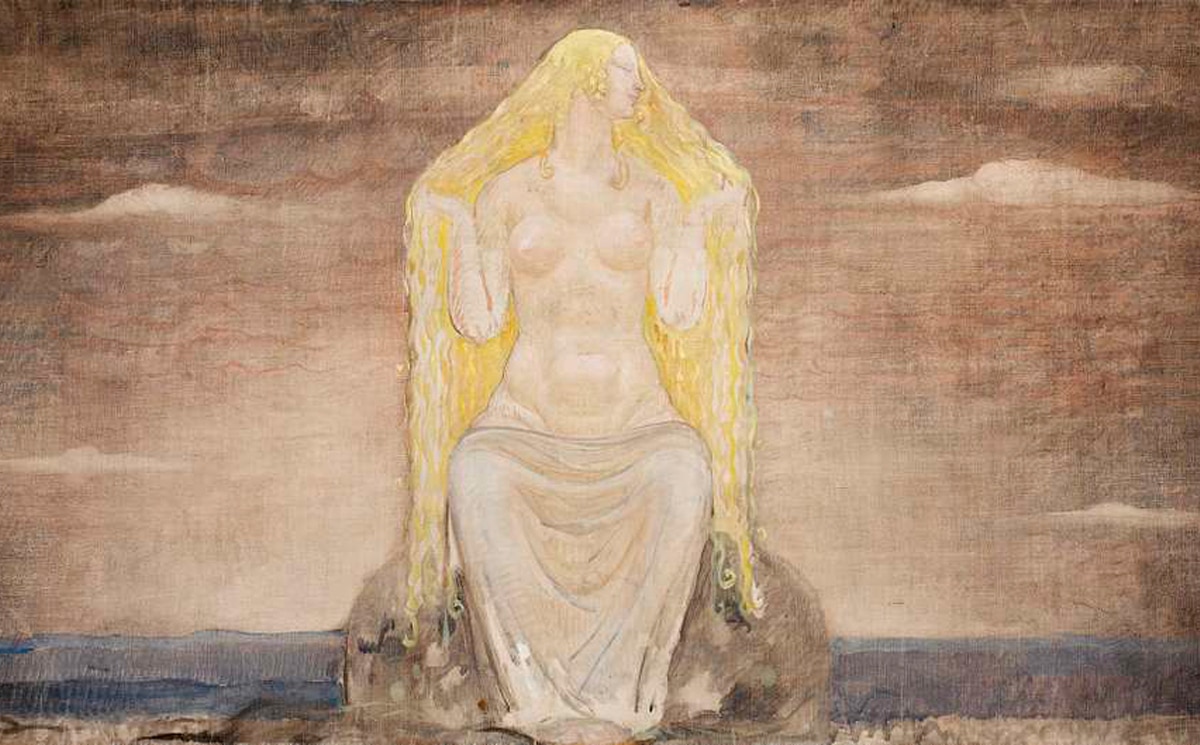
Another of the most famous goddesses of beauty today is Freya. It is a deity from the Norse and Viking culture. According to their mythology, there were two races of gods: The aces, to which Odin and Thor belonged, among others, and the vanes, of which Freya is a part. The latter stand out for having a very close and deep relationship with nature.
In Viking mythology, Freya was not only the goddess of love and beauty, but also of lust, fertility, sex and witchcraft. According to myths, she is the greatest connoisseur of magic seidema, at least before transmitting his knowledge to Odin, the Allfather, so that he can try to prevent Ragnarök from taking place, which is the final battle that will destroy all creation.
While it is true that in Norse mythology all the goddesses possessed immense beauty, Freya's stood out above them all. Not only for its appearance, but also for its fragrance. It was extremely difficult for men to resist the sexual attraction that she exerted on them.
Egyptian Goddess of Beauty: Hathor

It is well known that the Egyptians worshiped various gods. Among them was also a goddess of beauty: Hathor. This deity performed various functions. She was of great importance in ancient Egypt, because she was the symbolic mother of all pharaohs. In addition, she was the wife of the main Egyptian deity - Ra, the sun god. Referring to the gentle side of Hathor, it should be noted that she represented maternal love and care, sexuality, joy, dance and music. However, she did possess a vengeful side that was reflected when she played her role as eye of Ra and protector.
Through this existing duality of sweetness and strength, Hathor is the embodiment of femininity according to Egyptian culture. In order to enhance her maternal side, this goddess was frequently associated with the cow. However, she was often depicted as a human woman with cow horns. It should be noted that she has also been associated with a lioness, a cobra and a sycamore, since in Ancient Egypt, the animals had divine equivalents.
Hindu goddess of beauty
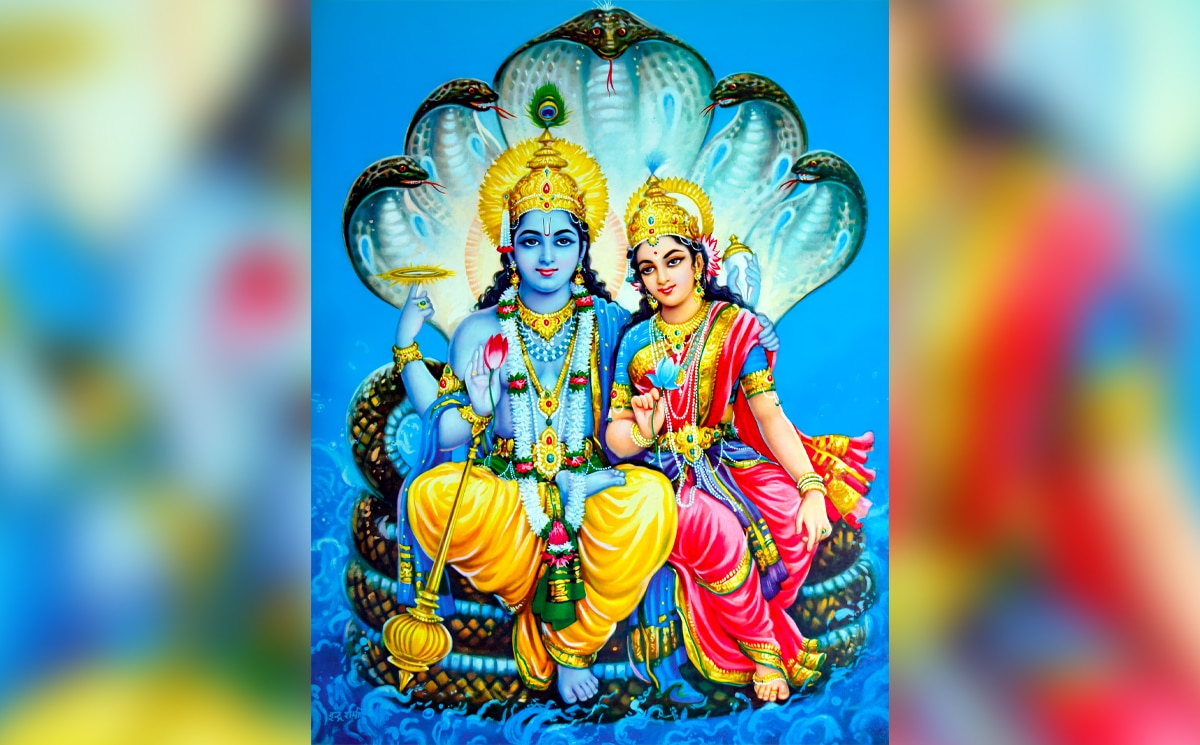
The Hindu religion also has a goddess who represents beauty and love. This is Sri, which means "prosperity", also known as Lakshmi, which translates as "good fortune". As can be deduced from the names it receives, this deity brings wealth. Like the Greek goddess Aphrodite, she too the Hindu was born from the sea. Also, it should be noted that she is the wife of Vishnu, the guardian of men who protects the order of all things.
Lakshmi or Sri is very powerful, dear and beautiful. On many occasions they represent her with her emblem: The lotus. For this reason she is also often called the Lotus Goddess. Apart from representing love and beauty, it also symbolizes wealth, fertility and abundance.
Other goddesses of love and beauty
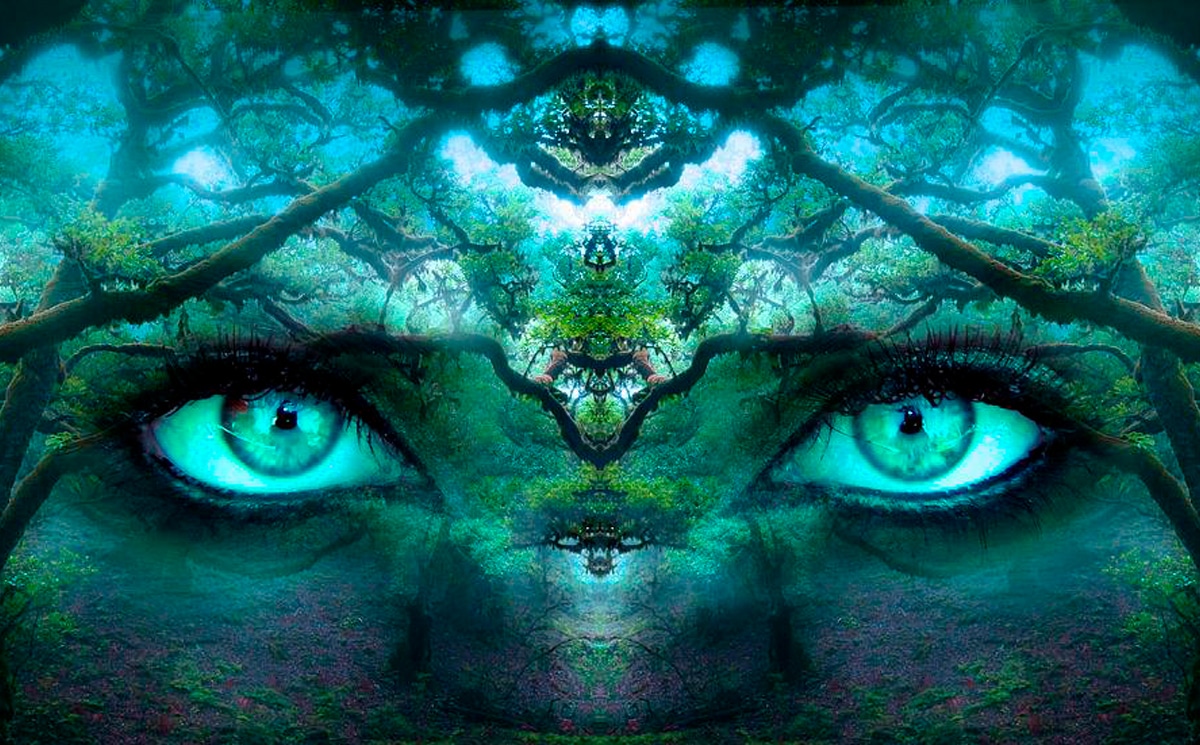
We have already talked a bit about the most popular female deities of beauty. Nevertheless, there are some more. If they are not so well known, it is because their importance in the corresponding culture itself has not been too remarkable or because the same culture has not managed to transcend public interest, at least for now. Let's see what goddesses of beauty we are missing:
- African goddess of beauty: Oshun. According to the legends, this deity has a very kind, charitable and generous character. However, they also said that she was stormy and vicious. Apart from representing beauty, she was the mother of spring water or fresh water.
- Canaanite goddess of beauty: Astarte. She is the wife of Baal Hadad, the god of storms, who would later become the most important deity in Canaan. In the Bible, Astarte is the queen of heaven and she is called Ashtoreth.
- Balto-Slavic goddess of beauty: Lada. In Baltic and Slavic mythology, the goddess of beauty, fertility and love is called Lada. She has a male counterpart who goes by the name of Lado. Both deities are often mentioned together in various songs dealing with weddings or the harvest and planting seasons.
- Mesopotamian goddess of beauty: Inanna. Also known as the Queen of Heaven, this goddess represents beauty, sex, love, war, political power, and justice. The most important symbols that represent it are the eight-pointed star and the lion.
As you can see, there are many goddesses of beauty that have their own characteristics and representations. However, there are several similarities between all of them.